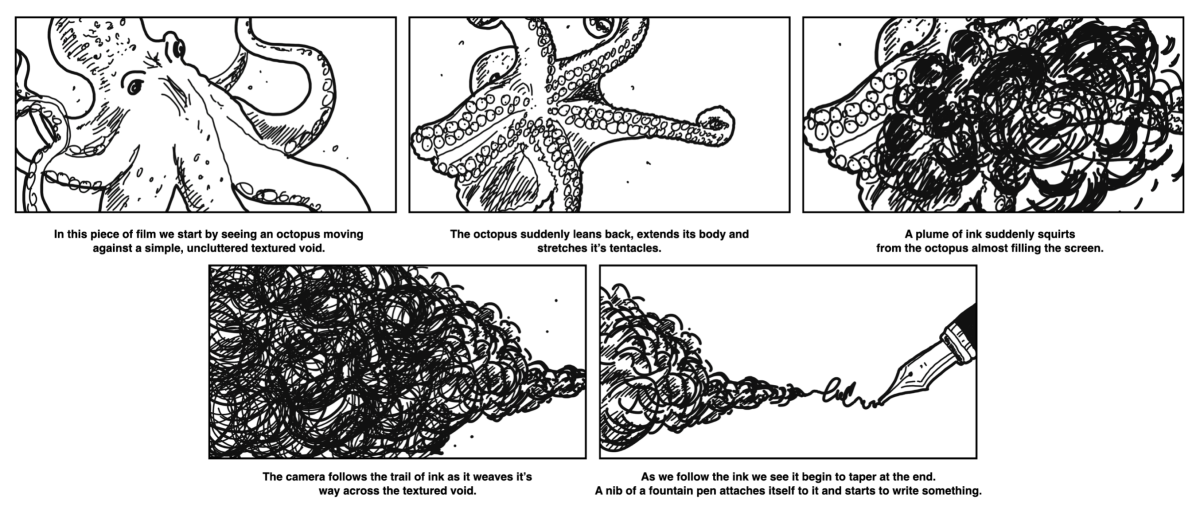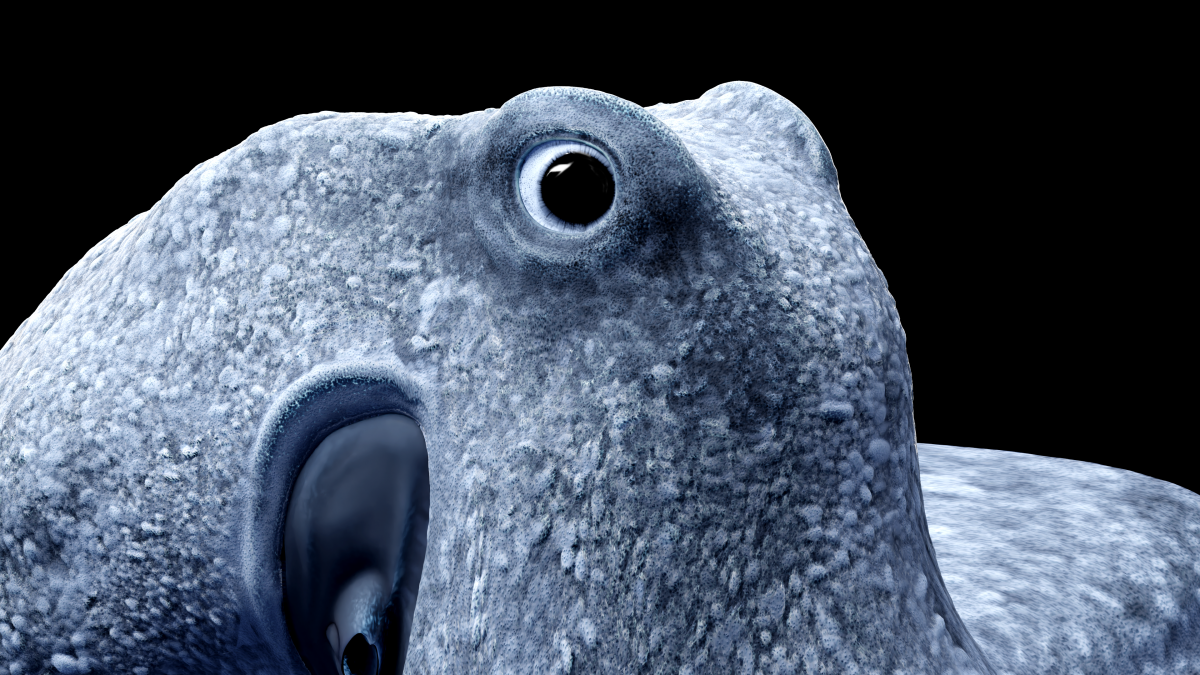The making of The High Seas Treaty campaign

It’s great to do something that really does make a difference.
Having been in the business for over 40 years, Pete and
I have worked on everything from expensive cars to insurance
policies. Top sports brands to big beer brands. Food that makes you fat,
food that makes you thin. We’ve improved people’s personal lives, and
we’ve also buggered up people’s lives who might have deserved it.
But, over the last three years, Pete and I have really enjoyed doing work that means so much more. Work you know is never going to grace the commercial break of Coronation Street because of a lack of cash, but work that will grace the powers that be and make a difference—a difference that really does matter.
So, when a fantastic bunch of people who really care about the two-thirds of our planet that's being battered and abused approached us with a very simple brief; 'we need to save the ocean’, it was an offer we couldn’t refuse. They were referring to The High Seas Treaty; the client was The High Seas Alliance.
Now, I must confess and say that I didn’t really understand what The High Seas Treaty was, but I do now.
There is an area of sea around every country’s coastline which falls within that country’s jurisdiction. So, they have the power and authority to protect it as they see fit, which most countries do.
Outside of that, though, the high seas are nearly entirely
undefended, leaving this habitat (which is 95% of the ocean's volume)
vulnerable to over-exploitation, plastic pollution of which 8 million
tonnes every year get dumped, and overfishing and mining destroy crucial
biodiversity and upend ecosystems which have taken millions of years to
create and on which we all depend.
So, it was a no-brainer, and we rose to the challenge.
We knew we had to keep things simple.
This was a global message that couldn’t rely on clever wordplay or intelligent headlines. It had to be visual and in this arena, it’s hard to be original.
Throughout our thinking, we had loads of ideas and one of them toyed with crowds of ocean creatures all protesting on the ocean floor with banners reading “Save our Homes’ and ‘Leave us alone’ etc, but we quickly realised it was a bit of a rubbish thought, but it did have its benefits.
Now this is where I think I need to step in (says Pete, Guy’s co-founder of Creative Coalition).
When we were first discussing how to tackle this, it was clear that the Ratification process was actually very complicated.
Guy immediately cut through the nonsense and said that whatever the client said was the process; in essence, we were asking people to sign their commitment. That call to action had to be clear. To focus on anything else would be too complicated.
He then shared a piece of logic.
We need people to put pen to paper. Pens need ink. Octopi have ink. What if an octopus sent ink to a pen to encourage everybody to sign?
It made complete sense and using the majestic and intelligent octopus to be the representative of the ocean sent to show us what needs to be done was genius.
I did point out that whilst it all made complete sense, a normal person wouldn’t have got there in a thousand years.
We both loved it…and thankfully so did the client.
The tricky bit now was finding someone to bring it to life.
The client needed a key image pretty quickly to get the ball rolling and fortunately, we’d worked with a guy called Adam Burn. Adam does a lot of work for George Lucas and he’s a digital concept artist. We found Adam on Artstation and this site has become a great resource for us.
We’ve worked with Adam before, and his detail and texturing are fantastic which was exactly what we were looking for—an artist who could create an anatomically perfect Pacific Octopus as well as globular ink in water.


The client was over the moon. Then came the challenge of turning it into a film.
We found a young lady by the name of Maggie Molloy who, to our delight, creates high-definition animation of sea life, and octopi are her speciality. Bingo!!
The storyboard was pretty simple, but we knew making it wouldn’t be. There was a lot of complexity, particularly with the ink in the water.
We wanted to create tension at the beginning and a strong connection with the octopus so we loved the idea of it looking towards the pen, then turning slowly to the camera to stare us in the eye. This is where the octopus is saying, ‘You need to do this’.
The eye contact was important because we wanted everyone to connect emotionally, so getting the eyes right was a labour of love.
The octopus then turns and arches back with real purpose and intent and fires the ink towards the pen. I wanted it to feel like Zeus shooting lightning said Guy. Powerful and purposeful.
Unfortunately, creating liquid effects was something Maggie didn’t do, so we had to search for someone who did. And we found Kevin Shepherd.
A few weeks later, we had a finished film that then got the last loving touch of sound and titles by Bobby Dee.
Then, off it goes to New York to be launched at the UN in the general assembly in front of world leaders, leading climate scientists, and action groups. It went down brilliantly in the room and set the tone for the debate. Within a couple of days, over 80 countries had already committed to signing.
An incredible start and a rare show of unity in a fractured world.
The film will be used by many ocean and climate organisations around the world over the next few years to encourage individual governments to put pen to paper.
If our film helps in any small way to make that happen a little more quickly, it will be the most important thing we have done in our careers by far.

If you enjoyed this article, you can subscribe for free to our weekly email alert and receive a regular curation of the best creative campaigns by creatives themselves.
Published on:





